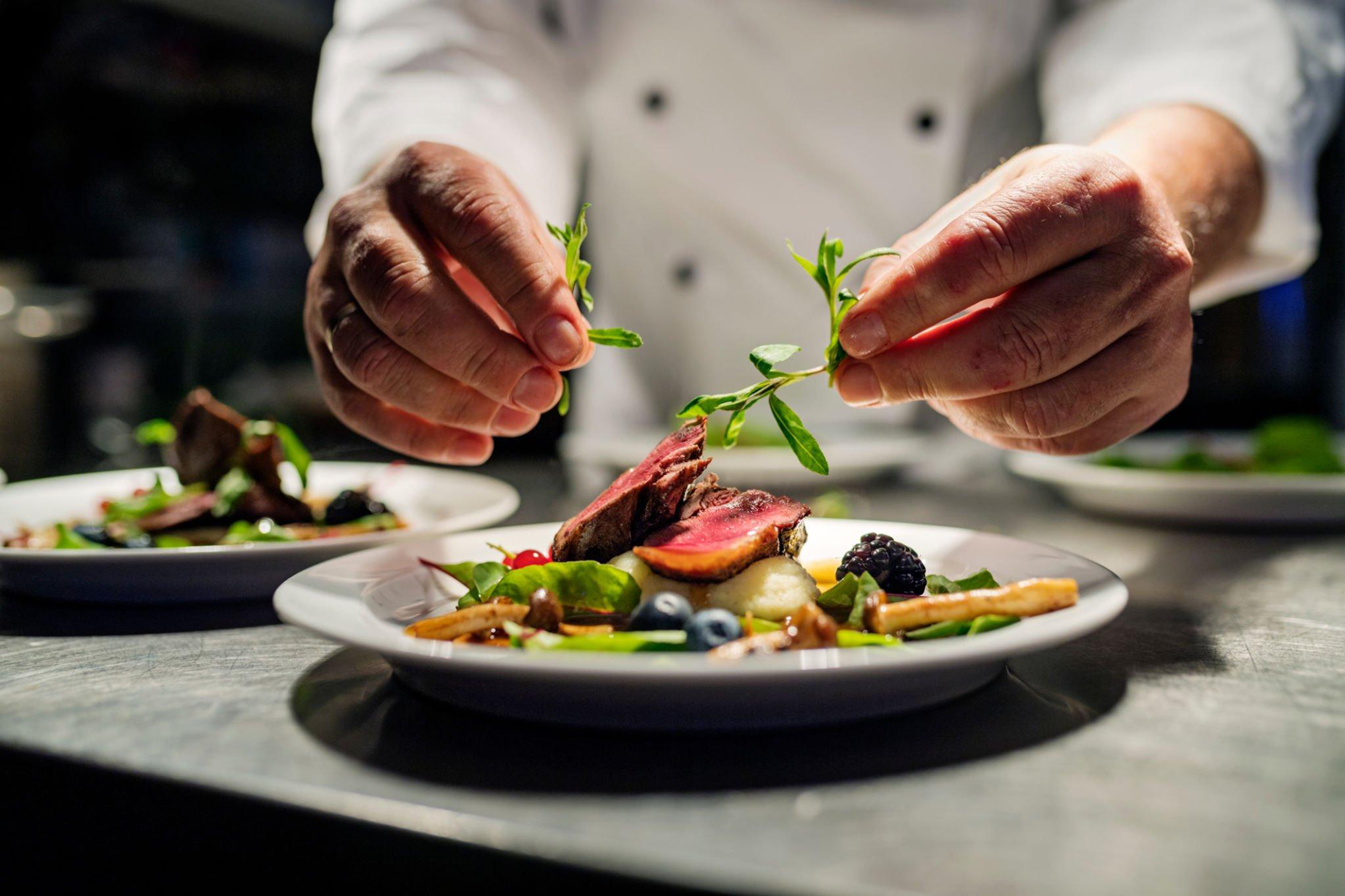The menu margin squeeze: how to track and adapt to rising food costs

In 2023, how are restaurateurs navigating increases in food prices without losing customers, while maintaining profits and menu margins?
Will menus start to become, as an article in iNews recently said, ‘simpler and more expensive’ as we start to feel the impact of price squeezes on our food supplies?
Let’s consider some of the menu pricing strategies for finding a route through these problems to high profitability.
Menu margins
Menu margins are the difference between the cost of the ingredients used in a dish, the portion size and the price it is sold for. In order to maximize profits, it’s important to understand how to set profitable menu margins. We set out some strategies for doing so.
Know your costs
Know your costs and make sure you’re keeping an eye on the fluctuating costs of suppliers.
The first step for a restaurant owner to set profitable menu margins is to track all of your costs. This includes labor, overhead expenses, and any other expenses associated with running your restaurant, no matter what restaurant type you have.
A good supplier will be working hard to keep costs down to retain your business. But at some point they’ll have to look at putting some goods at a higher price. If you’ve been developing a good relationship then you’re probably already having those conversations with them.
By understanding your costs, you can determine the minimum price you need to charge for a dish in order to cover your expenses and make a profit.
But the cost of supplies isn’t the only moving piece in this complex game.
Consider your competition
Your competitors are facing the same issues right now, so take a look at the prices of similar dishes at other restaurants in your area.
You don’t want to price your menu too high and lose customers to competitors, but you also don’t want to price it too low and risk not making a profit.
Restaurant menu pricing strategy
One common pricing formula for food cost percentages used in the industry is the 30% rule. This means that the cost of the dish should be 30% of the menu price. For example, if the cost of a dish is $5, it should be priced at $16.67 ($5 ÷ 0.3).
This formula is a good starting point, but it’s important to keep reviewing and adjust it based on your costs and competition.
And remember: Experimenting with restaurant menu prices might seem risky, but could actually lead to increased sales if guests believe you’re offering a higher prestige brand now.
Analyze your menu
Analyze your menu to identify the most profitable dishes and those that may not be as profitable. Consider adjusting the prices of dishes that have a lower margin and removing any dishes that aren’t selling well.
You may also want to consider offering specials on dishes that have a higher margin to encourage customers to order them.
Monitor and adjust
Once you’ve set your menu prices, it’s important to monitor your sales and adjust your prices as needed. If a dish isn’t selling well, consider lowering the price or removing it from the menu.
If a dish is selling well and has a high margin, consider raising the price slightly. Always keep an eye on gross profit margins
Setting profitable menu margins is key to running a successful restaurant. By understanding your costs, analyzing your menu, and using pricing strategies, you can optimize your menu prices for maximum profitability.
Beyond the cost of ingredients: ensuring financial success
The hospitality industry is known for its high-risk and low-margin nature. Restaurants have to manage their expenses carefully to ensure financial success.
One of the most critical aspects of managing expenses is menu engineering and in particular, menu psychology. What are guests expecting to see on your menu as part of your brand offering, that they’re prepared to pay slightly more for, while feeling they are still getting value.
A well-managed menu margin can be the difference between a profitable and unprofitable restaurant. But managing menu margins goes beyond just the cost of ingredients.
There are several other factors that restaurants need to consider, including the labor cost.
Understanding the cost of production
The first step in managing menu margins is understanding the cost of production. It’s not just about the cost of the ingredients; it’s also about the cost of labor, equipment, and other overhead expenses.
Restaurants need to factor in all these costs to determine the true cost of production.
Conducting regular menu analysis
Keep checking and understanding how well your menu is delivering for customers through feedback that’s either digital or through your servers.
Whatever method you’re taking, capture and make that feedback available for analysis over different time periods.
Regular menu analysis can help you identify the most profitable and least profitable items on your menu. By analyzing feedback sentiment alongside the sales data, you can make informed decisions on which menu items to keep, remove, or price adjust.
Optimizing the menu design
Great menu design can impact a customer’s purchasing decisions. An effective menu design will guide customers towards high-margin items.
For example, placing high-margin items in the center of the menu or using enticing descriptions can encourage customers to purchase those items, before they start to consider the pricing.
A well-designed menu can help restaurants maximize their profits.
Monitoring food waste
Get into your food waste bins! Or rather, look at what’s being left on plates when they come back to the kitchen. Food waste can eat into a restaurant’s profits.
By monitoring food waste, you’ll be able to identify areas for improvement. Ask yourself questions like:
- Are our portions too large? Consider quantity versus quality.
- Are our hot meals hot all the way through? (There could be a technical issue in the kitchen).
- Are plates being left too long for servers to deliver to tables?
- Are people just not enjoying their meals but also not complaining?
By checking and reducing food waste, restaurants can improve their bottom line and increase their menu margins.
Updating prices regularly
Menu prices should be updated regularly to reflect changes in ingredient costs and market demand. Failing to adjust prices regularly can lead to reduced menu margins.
Restaurants should also be cautious when changing menu prices. Customers may be put off by sudden price changes, so it’s important to implement price changes gradually.
Conclusion
Menu margins are a critical aspect of managing a profitable restaurant. It goes beyond just the cost of ingredients. Restaurants need to consider the cost of production, regular menu analysis, menu design, food waste, and updating prices regularly.
By managing menu margins effectively, restaurants can ensure financial success in the highly competitive hospitality industry.
To find out more about how Yumpingo can help you improve your menu margins – get in touch with us today!
Share this:
Subscribe to our Newsletter
You May Also Like
These Related Stories

Are you looking to launch a new restaurant or concept? Yumpingo can help!

How Dish-level Data Can Guide Your Menu Engineering and Pricing Strategy
